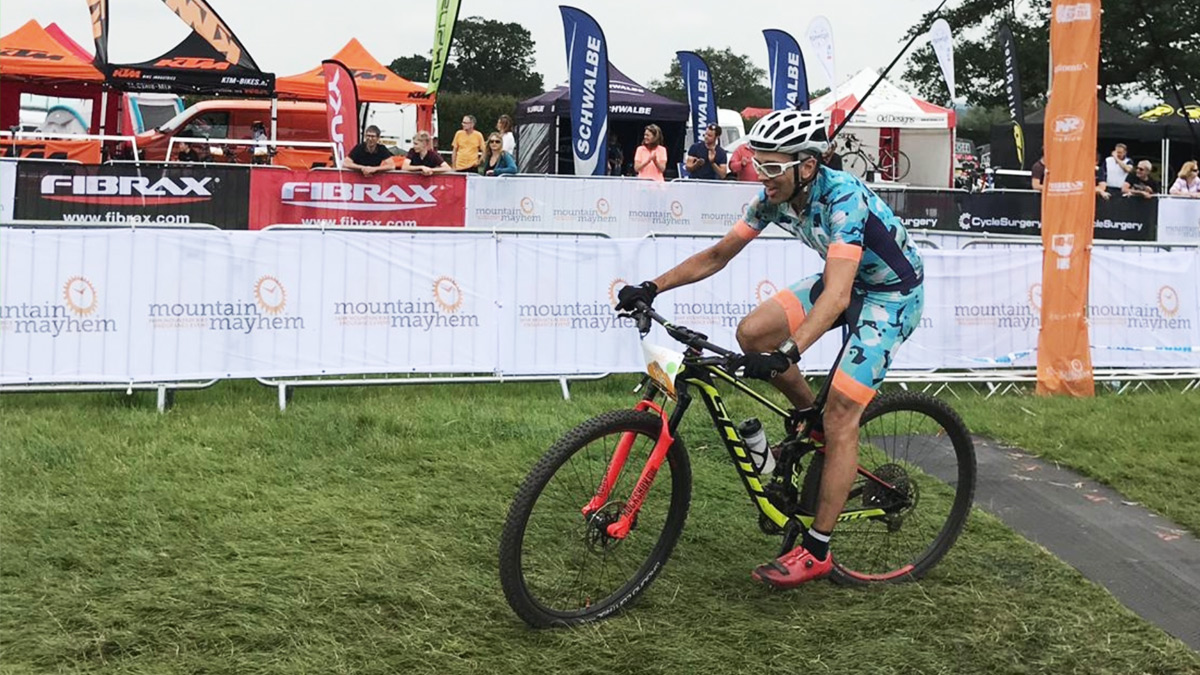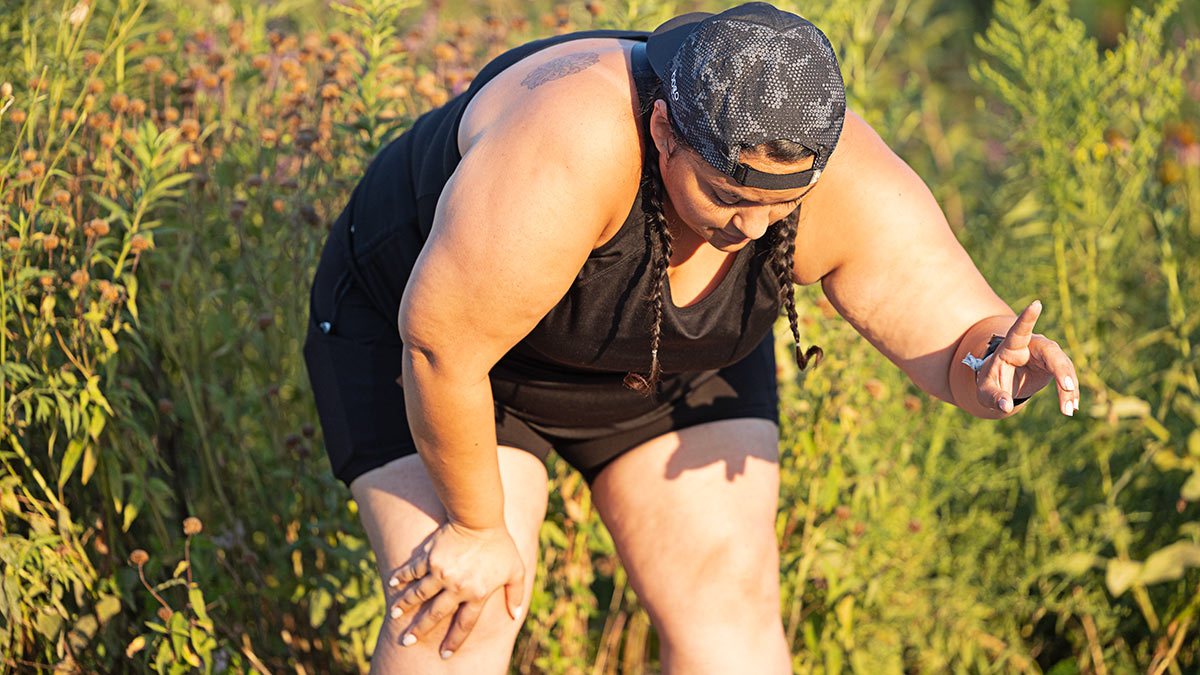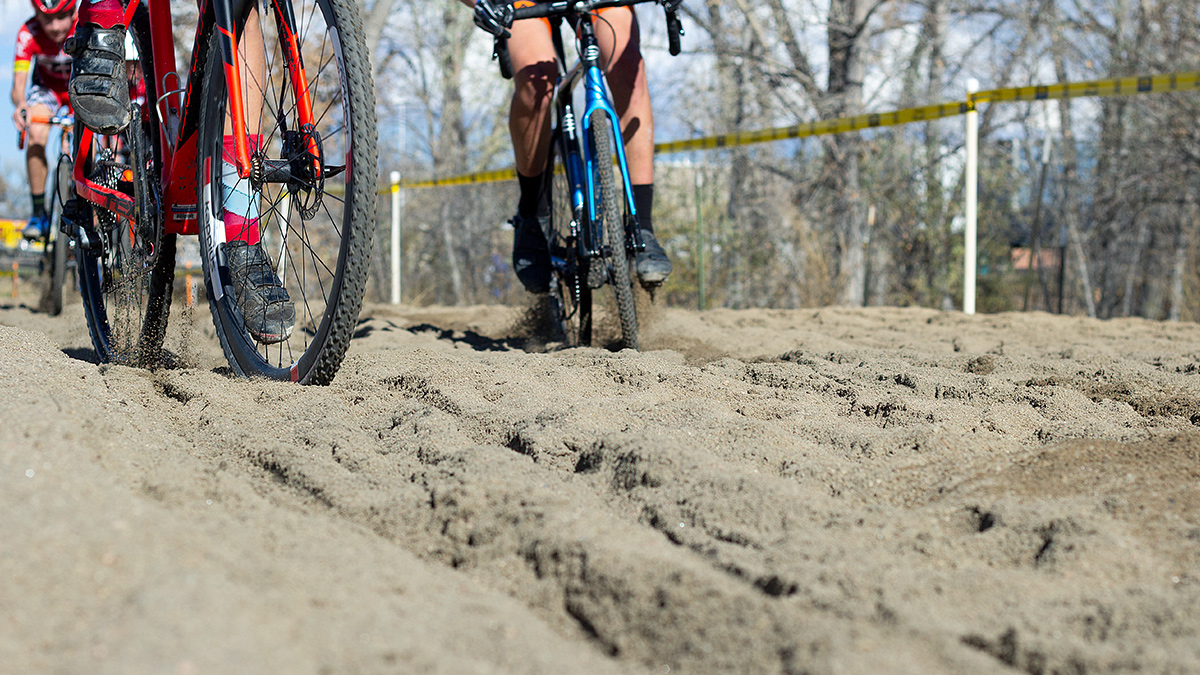Burnout in sport is the body’s response to overwhelming stress, often attributed to the demands of training and racing without sufficient opportunity for physical and mental rest. As a coach I am often approached by athletes who have reached this point, or who have been there for some time. What follows are the steps I like to work through with athletes to avoid burnout and deliver successful race performances with consistency in future race seasons.
Start by Dreaming
Training without a goal is just random practice; it is not possible to be physically and mentally engaged indefinitely without a reason to do so. I like to encourage athletes to start each season by dreaming a bit so that they can aim for something that really captures their imagination. It doesn’t matter if the target is large or small as long as it carries significant importance to the individual.
It really helps to approach this step with an open mind and avoid considering how we feel others might judge our goal. My observations have been that the closer the athlete feels aligned to their personal goal, the more they embrace and enjoy the journey it takes to get there. So before you do anything, dream a little, make it personal, and write it down. Remember, the more important something is to you, the more likely you are to see it through to a worthy conclusion.
Make a Plan
Once you have a goal that really means something important to you, the process of planning can begin. We can think of our fitness as following a pattern akin to a wave: we can be heading up, at a peak, heading down, or in the trough of that wave. You need to have a realistic understanding of where you are in the process, and where you’ll want to be, so you can line up the steps to get yourself there.
Making a plan that aligns with your goals, based on your strengths and weaknesses as an athlete, and the correlations and discrepancies between, is the key to not only a great performance but also to avoiding burnout during the race season.
Get the Basics Right: Sleep, Hydration and Nutrition
Avoiding burnout and overtraining (and any of the other nasties) starts with getting your sleep, hydration and nutrition dialed. Without this three-part foundation we are always on the back foot when it comes to training and performance. So before looking anywhere else, be sure to balance these elements against your training load.
Balance Training with Other Life Stress.
When deciding how best to manipulate your own performance wave, it makes sense to consider your life as a whole. If you identify the times of work that will be tougher to deal with, involve those around you and understand the impact of your training on family life, you start to build a plan that has sustainability over the long-haul. A little foresight and a good support system will give yours the best chance of success in your key goals and ambitions.
Focus on Quality Training and Purposeful Racing
Quality of training out-performs the quantity of training for most amateur athletes in my experience. This doesn’t necessarily mean that you should never go long, or that riding hard is always good quality. I define quality of training as “doing the specific training required to advance towards my goals today.” Sometimes that might mean taking a step back, having a rest, or riding in the lower aerobic zones. Other times it might require volume, speed, and blocks of very hard effort.
I also like to encourage athletes to adopt a similar thought pattern when it comes to selecting races. More races rarely result in better performances, and in my experience the athlete with very few target races will exceed their performance expectations at least nine times out of ten.
Celebrate your Individuality and Learn From Experience
We are not all pros, and even those of us who are do not all respond to racing and training in the same ways. We all have our own thresholds for training and competition. Excessive racing is a common theme I find amongst those who approach me and ask for help to get out of the doldrums. When I ask why they race so much, the answer is always based on someone else who races a lot and thrives.
Avoid basing your racing expectations on the outliers of the world, and look instead to your own records and experiences. How many races did you do last year? Did you start to lose interest or struggle? when did this happen? These are all great clues for developing this season and keeping yourself fresh and ready to play hard at your most important races. New to competition or unsure where to start? Start with one or two key events, or one major goal, and focus on that for this season. Employ a coach to help you on this journey and gain the perspective they have from working with many athletes.
Pace Yourself: Learn to Sustain a Season
In the same way that pacing is the bedrock to a perfect performance in an endurance race, so pacing throughout a race season is essential to be engaged throughout and performing on the day that matters. Some professional cyclists talk in terms of pacing their year, and “saving a gear” for the day or days that really matter on their calendar.
Treat early races as an opportunity to learn and develop, and much less as a performance in their own right. Go into such races with ideas to test, an opportunity to rehearse “big day” scenarios and don’t be afraid to push things too far and break as a result. Sometimes we only find our limits by pushing too far. Learning those limits through training and racing allows us to execute the perfect race on the most important days.
Save Energy for Your Most Important Goals.
As a lifelong athlete and student of performance for the past 26 years, I have seen a tectonic shift in the number of distractions and mental stress factors athletes are now subject to. The most common contributor to negative stress observed in the athletes I work with has been that of social media.
The negative effects of social media, constant shifts in focus and breaking of the flow of concentration in the work environment are well documented. It is my experience that athletes who limit their use of such technologies to set periods are much more able to focus on training—and less likely to be distracted or derailed from their quest of self-improvement and better performance.
Keep Your Eyes on the Prize.
It’s always worth remembering to stay focused on the goal in-hand and avoid premature distractions of challenges to come. A sure sign that an athlete is about to underperform in a major goal comes when the calendar is suddenly full of new and exciting races after the main event. Avoid jumping the gun and keep a laser focus on the current goal; the time for dreaming is so much sweeter with feelings of success still fresh in your mind!









